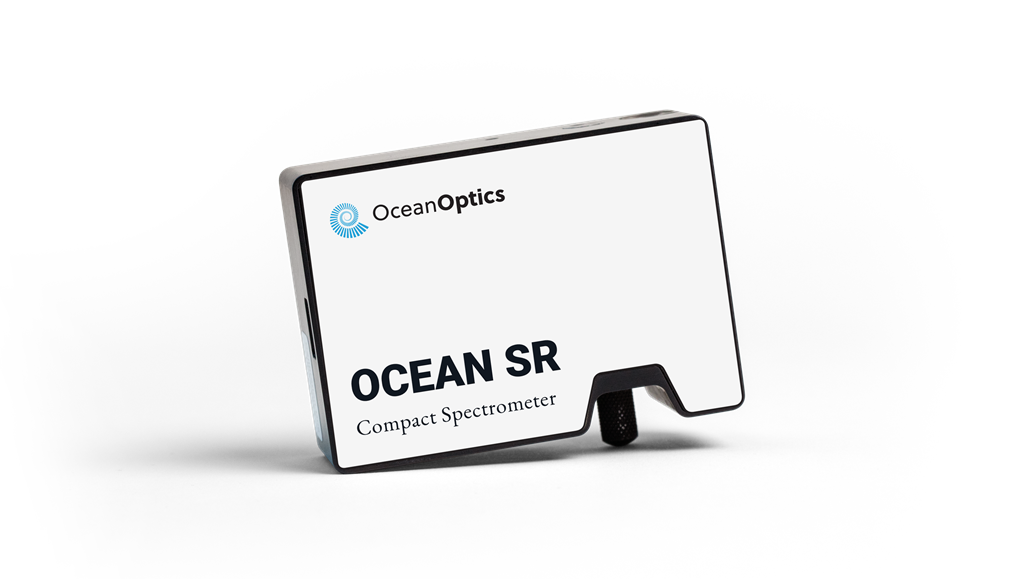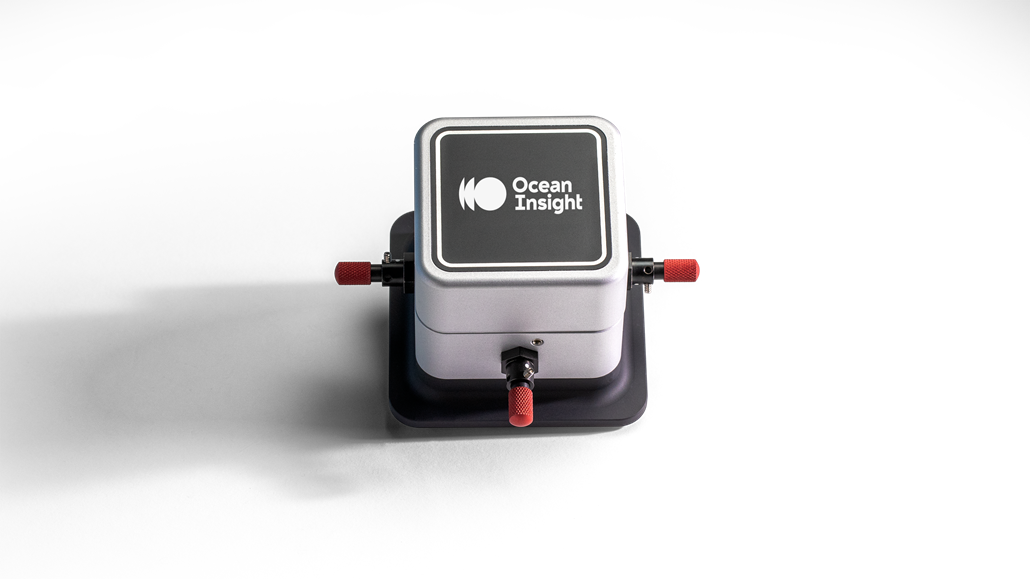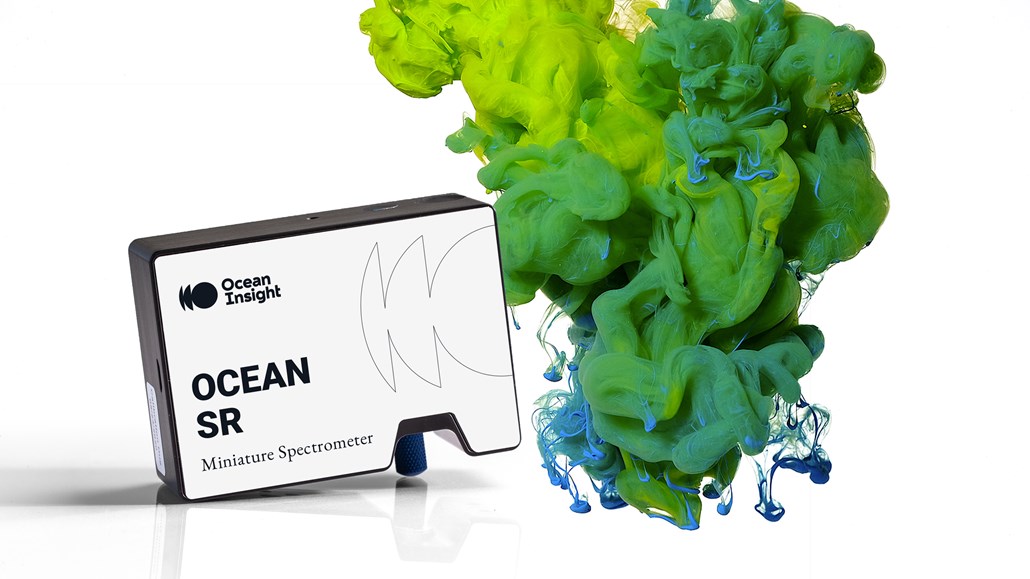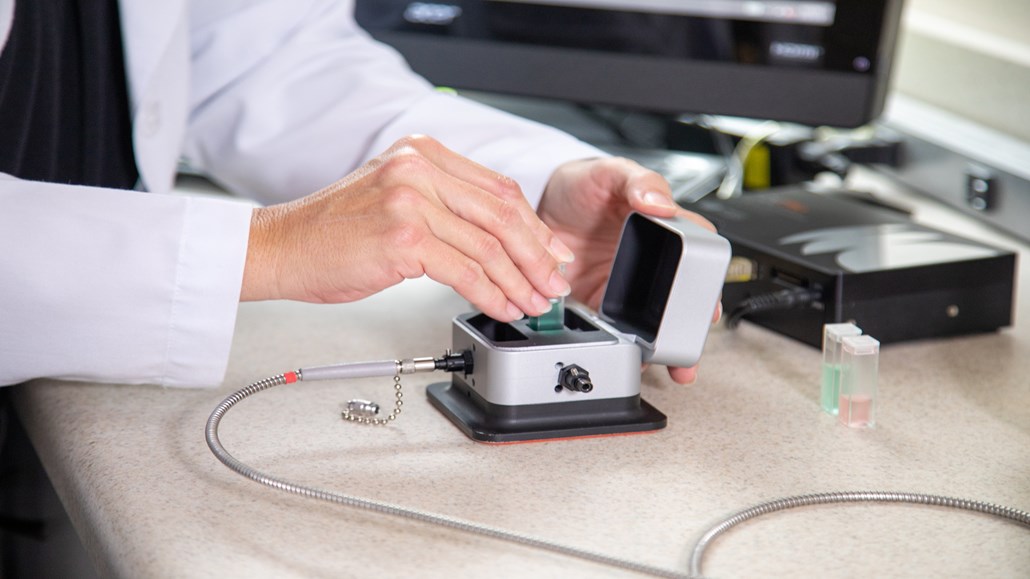FAQ of the Month: Absorbance Measurement Tips
- Medical & Life Sciences
- Absorbance
- Spectrometers
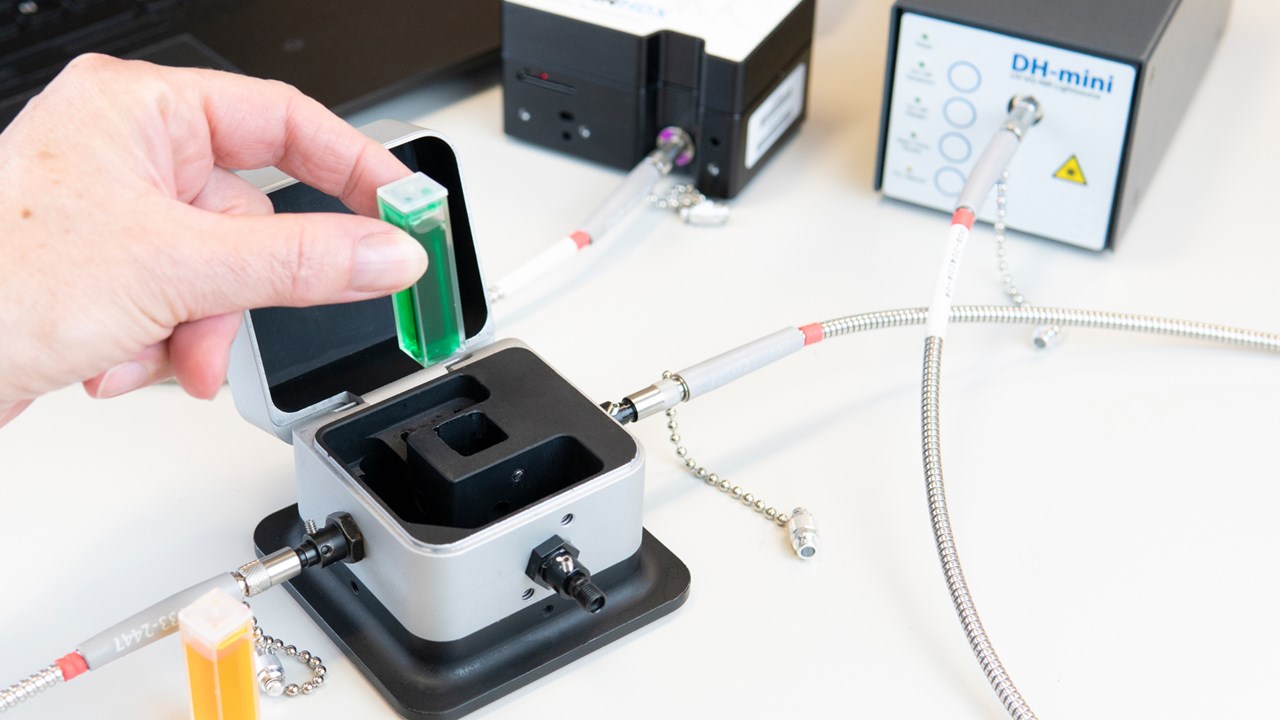
Our FAQs section has simple, clear-cut answers to questions about Ocean Optics products, measurements and software. In the spotlight: two keys to reference and dark background measurements for absorbance applications.
Q: How do I take the best reference and dark background spectrum for an absorbance measurement?
A: To take the best reference measurement, first allow the light source to come to thermal equilibrium (this can take up to 30 minutes in some cases).
Ensure that all surfaces of the cuvette or sampling optics are clean and clear of fingerprints, dust, and dirt. Fill the cuvette with the exact solvent or buffer solution to be used for the sample and check for bubbles. It is especially important to check for bubbles if you’re using a transmission dip probe or flow cell, as those devices are prone to this source of error, particularly at the shorter pathlengths.
In OceanView software, optimize integration time so that maximum signal is at ~80% of full scale. Use the highest number of averages tolerable and keep boxcar width to approximately the same value as the pixel resolution of the spectrometer, otherwise the setting can affect the spectral resolution.
Once the reference has been acquired, enter transmission mode in software and review the resulting spectrum. If a good quality reference spectrum has been stored, the transmission of the reference solution should be at 100%, with some noise around this value. Wavelength regions with more noise indicate the wavelengths at which accuracy will be the least (i.e., most affected by noise and other factors) for the sample measurement (typically the shortest and longest wavelengths).
When taking a dark measurement, it’s best to block the light at the light source if possible. Turning the light source off and on again will throw the light source out of thermal equilibrium and require a new reference measurement.
Alternatively, many cuvette holders have a filter slot where the light can be blocked with an opaque object. Just be sure to use a piece of metal or other object that is guaranteed to be 100% opaque. Paper, even cardboard, can be deceptively transmitting; it takes only a very low level of light to affect a measurement.
What's your question?
Related Products -> Add to Your Cart
High-sensitivity SR6 spectrometers offer excellent SNR and UV response for applications including UV absorbance, fluorescence and plasma monitoring.
Options available
Square One General Purpose Cuvette Holders are available for absorbance and fluorescence sampling requirements.
Prices From $713.00
You might be interested in...
Making optical sensing “gettable” by providing simple, clear answers to your most frequently asked questions.
Learn how effectively the Ocean SR2 spectrometer performs when measuring the absorbance of optical filters and potassium dichromate solution standards.
Watch one of our how-to or guided application setup videos.
ASK the Experts. Your spectroscopy questions answered daily. What’s on your mind?
